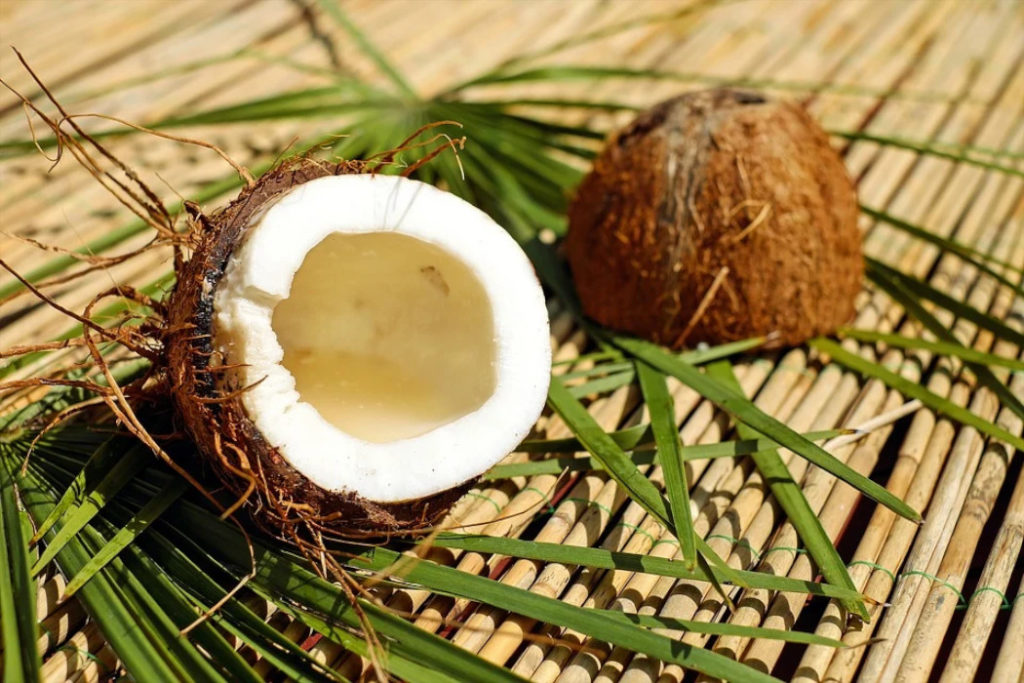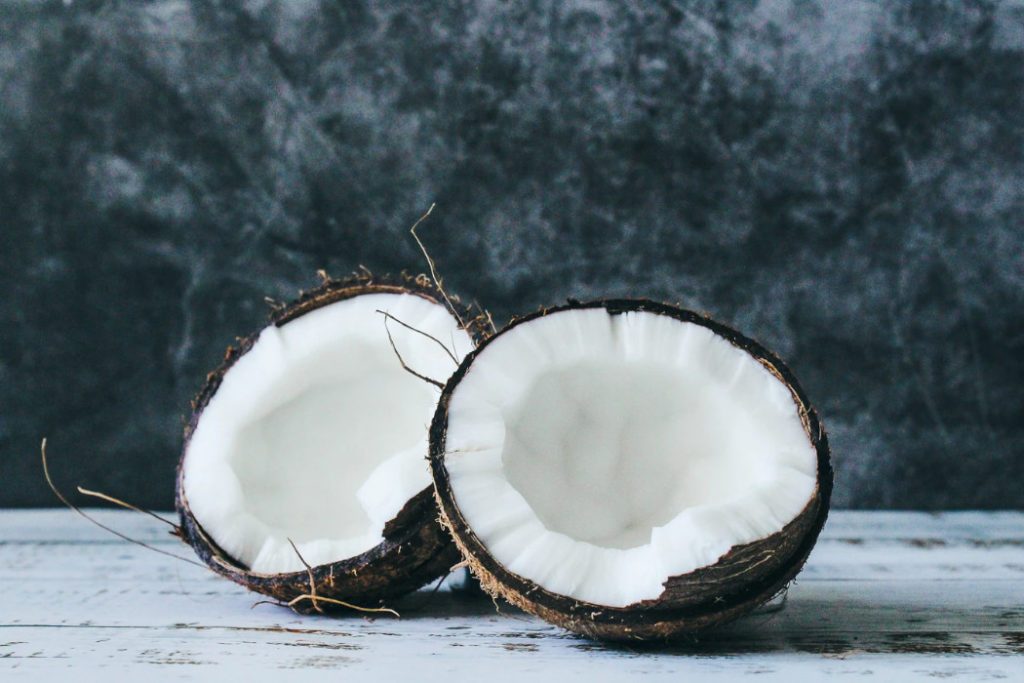The measure of carb content with the pace with which it causes your blood glucose levels to increase is called Glycemic Load. The Glycemic Index is a simple way of picking out a healthier food option according to how it affects your blood sugar levels. Glucose has a higher blood glucose reponse compared to fructose.
Coconut is a fruit that comes from coconut palms. It is used in various ways, for water, milk, meat, and more. According to the International GI Tables, it has a GI of 42. It has been gaining more popularity recently, as people understand the series of health benefits that it offers.

Coconut is great during summer season, and it comprises healthy nutrients like
- Manganese
- Copper
- Selenium
- Magnesium
- Phosphorous
- Iron
- Potassium
How to Calculate Glycemic Load of Coconut?
The standard Glycemic index of coconut is 42. The high glycemic index of the foods helps in reducing the risks related to cardiovascular diseases. If we want to talk about diet, the key to prevent diabetes or any chronic illness is to distribute the carbohydrate consumption content throughout the day and manage the sugar levels in the body correctly. However, the glycemic load for one cup of shredded coconut is 5 approximately which makes it an extremely favorable food to be spread across an array of dishes and salads.
The Formula/Procedure For Calculation of Glycemic Index of the Coconut :
GL = GI * carbs / 100
where
- GL – glycemic load;
- GI – glycemic index;
- and carbs – the amount of carbohydrates in the portion.

| SL.NO | WATERMELON BY WEIGHT IN (g) | GLYCEMIC LOAD |
| 1. | 100 g of Coconut | 6.3 (low) |
| 2. | 250 g of Coconut | 15.75 (medium) |
| 3. | 500 g of Coconut | 31.5 (high) |
| 4. | 1 Kg of Coconut | 63 (very high) |
| 5. | One Whole Coconut | 25 (high) |
| 6. | 1 Cup of Coconut | 5 (low) |
Is Coconut Safe to Consume If You Have Diabetes?
Coconut is low in carbs, but high in fiber and fat, which helps you stabilize blood sugar. For anyone who has diabetes, it is very important to maintain and manage blood sugar levels. It is important to make sure that there is no sudden elevation in your blood sugar levels. Coconut has high fiber which slows digestion and improves insulin resistance, which is helpful is regulation of blood sugar levels.
Can I Eat Coconut During a Fat-Loss Diet?
Coconut is high in fat, but the MCTs that it contains helps in fat-loss. So, you can consume about 250 g of coconut.

- A 250g serving of coconut has a GL of 15.75 which is in the permissible levels.
- The body metabolizes MCT which is directly absorbed by the small intestine and rapidly used for energy.
Can I Eat Coconut During a Low-Carbohydrate Diet?
Unlike more fruits, coconut is pretty low in carbohydrate and can be consumed during a low-carb diet. However, we would suggest that you do not consume more than 250 g in one serving.
Is Coconut High in Sugar?
A cup of coconut, which is about 83 g contains 5 g of sugar. It is very low in sugar, but one must be consuming it moderately because it is a high-fat fruit. It has a variet of health benefits. It has antioxidants that fight diseases, reduces risk of heart disease, and help regulate blood sugar levels. You must check you portion size, if you are on a fat-loss diet.